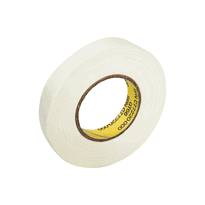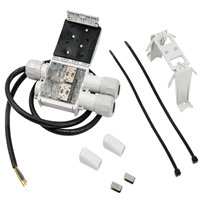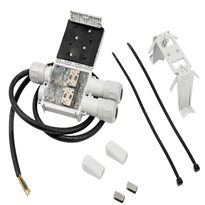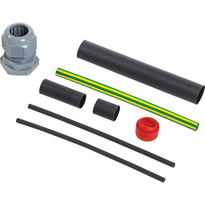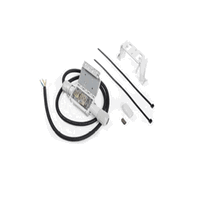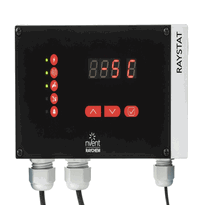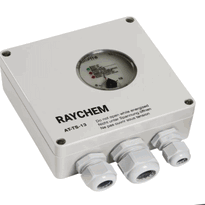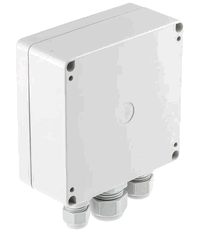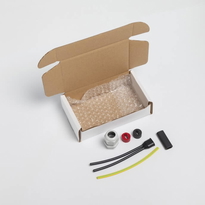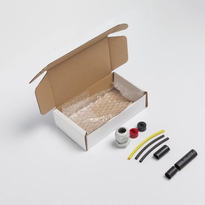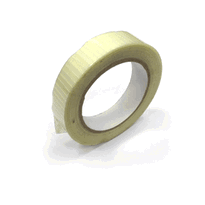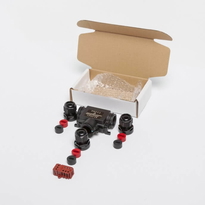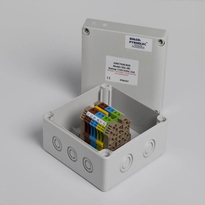Heat Tape for Pvc Pipe
Heat tape suitable for PVC pipes includes self-regulating models that adjust their output based on the pipe’s temperature, thereby preventing overheating and ensuring safe use with plastic materials. When selecting heat tape, it is important to choose products that are explicitly approved for use with PVC and other plastic pipes. Proper installation is crucial to maximize safety and efficiency; ensure that pipes are completely dry before applying the tape. Use only compatible heat tape and avoid overlapping the tape segments, as this can cause overheating. Secure the tape at intervals of approximately every 30 cm using suitable electrical tape designed for high temperatures.
Regular inspection of electrical connections and safety features is recommended to maintain optimal performance. Keeping the surface of the pipes clean and dry not only facilitates better heat transfer but also enhances safety.
Continuing further, it is essential to understand the key factors that influence the effective selection, installation, and maintenance of heat tapes. Properly installed heat tape can be highly effective in preventing pipe freezing, particularly during the colder months, safeguarding your plumbing system and maintaining functionality throughout the winter.
Types of Heat Tape Suitable for PVC Pipes
When selecting heat tape for PVC pipes, it's important to consider the specific types available, as each offers different features suitable for various applications and environmental conditions. Self-regulating heat tape adjusts its output based on the pipe’s temperature, preventing overheating and reducing energy consumption when used in conjunction with thermostats and insulation. This makes it an efficient choice for maintaining safe pipe temperatures and protecting against freezing. Self-regulating heat tape is approved for use on plastic pipes, including PVC. Constant wattage heat tape maintains a steady heat output regardless of temperature fluctuations, providing reliable freeze protection. However, it may consume more energy and requires careful installation to prevent localized overheating or damage to the pipe or insulation. Low-wattage heat tape, which operates at less than 6 watts per metre, is effective at maintaining safe temperatures while conserving energy. This type is especially suitable when combined with thermostats and insulation, ensuring efficient and safe pipe heating. Heat tapes with built-in thermostats activate automatically at preset temperatures, which helps optimise energy use and prevents heat damage. They're ideal for outdoor or exposed settings where consistent temperature control is desirable. Additionally, selecting a heat tape with suitable environmental resilience can enhance durability in varying weather conditions. In selecting the appropriate heat tape, it's crucial to match the product features to the specific needs of your installation environment and piping configuration, ensuring safety, efficiency, and durability.
Preparing Your PVC Pipes for Heat Tape Installation
Preparing PVC pipes for heat tape installation requires careful preliminary steps to ensure safety, effectiveness, and longevity of the heating system.
First, turn off the water supply to prevent damage or leaks. Inspect the pipes thoroughly for any damage, such as cracks, leaks, or worn areas; repair any issues before continuing.
Make sure the pipes are completely dry, as moisture can interfere with the adhesion and performance of the heat tape. Remove any damaged or old insulation or heat tape to prevent hazards and improve overall efficiency.
It's also essential to confirm that the pipe material is compatible with thermostatically controlled heat tape designed specifically for plastic pipes. Material compatibility is critical to prevent unexpected malfunctions and ensure safe operation.
Ensuring proper adhesion by clearing debris and moisture reduces the risk of failure. Surface preparation is critical for heat transfer efficiency and enhances the safety of the installation.
Eliminating damaged insulation or old heat tape prevents potential safety hazards. Conducting a thorough inspection and repairing damage promotes safety and prevents future problems.
Verifying compatibility helps to minimize the risk of material-related damage or malfunction, prolonging the lifespan of the installation.
Proper Installation Techniques for Safe and Effective Use
Proper installation of heat trace tape on PVC pipes is essential for ensuring safe, efficient, and long-lasting operation.
To achieve this, start by selecting a self-regulating heat trace tape compatible with PVC, confirmed through manufacturer specifications, and suitable for outdoor or underground environments if needed.
Begin installation at the power source, running the tape in a straight line or spiral, ensuring it doesn't overlap or cause heat concentration.
Attach the tape securely every 30 centimeters with electrical tape, avoiding the use of metal ties or zip ties that might damage the tape.
Use reflective insulation or aluminium foil underneath to promote uniform heat distribution, and avoid covering the tape with insulation that traps excessive heat.
Connect the plug to a grounded Residual Current Device (RCD)-protected socket, and always verify proper functioning by monitoring pipe temperatures to prevent overheating.
Maintaining and Ensuring Long-Term Performance
Regular inspection and maintenance are essential for ensuring the long-term performance of heat tape installed on PVC pipes. It's advisable to conduct routine checks annually, ideally before the onset of the colder months, to identify any signs of wear, damage, or exposure issues. A thorough examination should include inspecting electrical connections, plugs, and the integrity of the insulation. Detecting issues early can prevent critical failures such as short circuits or overheating, thus enhancing safety and reliability. It is important to verify that heat tape sections don't overlap, as this can pose fire risks. Additionally, keeping pipe surfaces clean and dry helps maintain the effectiveness of adhesives and ensures efficient heat transfer. Proper installation techniques are crucial for optimal heat transfer and overall performance. Other key precautions include confirming GFCI protection is functioning correctly, inspecting for signs of discoloration or cracks in the tape, and ensuring environmental protections such as waterproof wraps are intact. Maintaining proper inspection routines and preventative measures helps promote dependable operation, reduces repair costs, and extends the lifespan of the heat tape. These practices support safe and reliable freeze protection for PVC pipes, even under adverse weather conditions.
Conclusion
Choosing the correct heat tape for PVC pipes involves familiarizing yourself with the various types available, preparing the pipes properly, and following proper installation procedures. Ensuring secure connections and maintaining a consistent power supply are essential for safety and efficiency. Regular inspection and maintenance help sustain optimal performance over time, preventing potential damage or failure. By adhering to these detailed protocols, users can achieve reliable, long-lasting protection against freezing, thereby reducing the risk of pipe damage in cold conditions.








